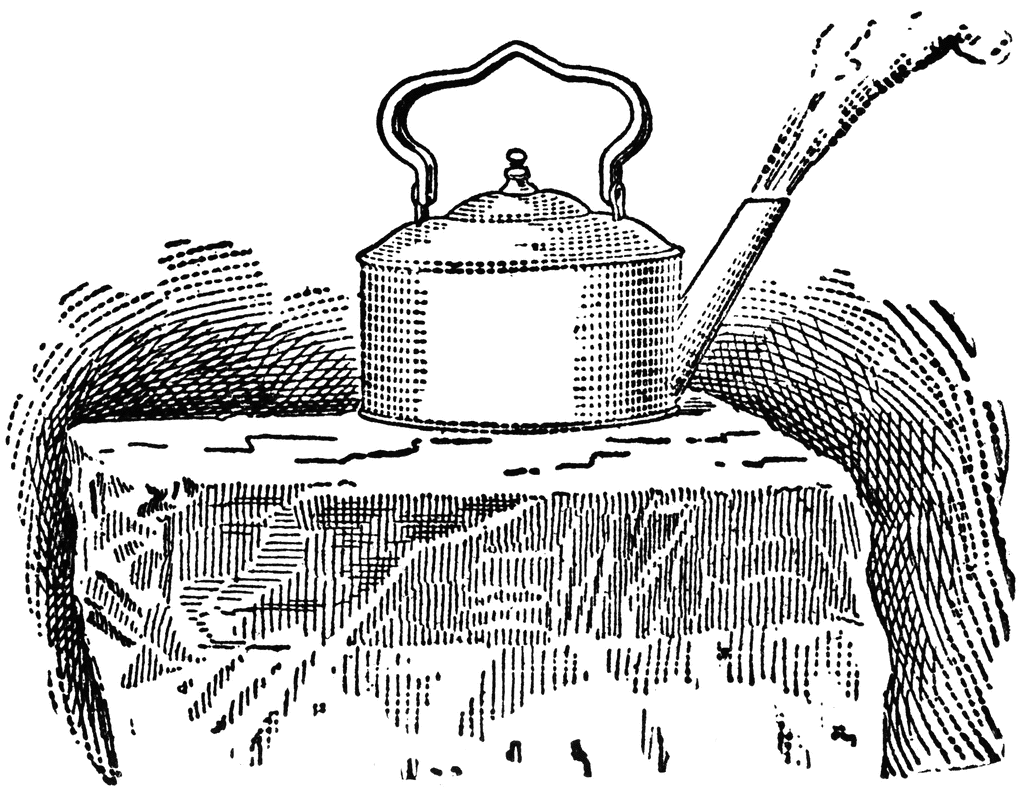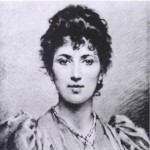 Liquid Air boiling on a block of ice. “If a kettle containing liquid air be placed on a block of ice, boiling will again take place and the addition of ice to the contents of the kettle will make the boiling proceed more rapidly.”—(Charles Leonard-Stuart, 1911) (source)
Liquid Air boiling on a block of ice. “If a kettle containing liquid air be placed on a block of ice, boiling will again take place and the addition of ice to the contents of the kettle will make the boiling proceed more rapidly.”—(Charles Leonard-Stuart, 1911) (source)
In 1987, a microbiologist in Lexington, KY, got the idea to flash freeze ice cream with liquid nitrogen, a chemical he was familiar with from working in his lab. This was the start of the “ice cream of the future,” Dippin’ Dots, which is frozen by spraying ice cream mix into cyrogenic freezer. You can see a cool video of how it works here.
One would think using liquid nitrogen to freeze ice cream was a modern discovery. But 86 years before Dippin’ Dots, British cookbook author Agnes Marshall, known as the Queen of Ice Cream, proposed the use of “liquid air” to freeze ice cream.
“Liquid air will do wonderful things, but as a table adjunct its powers are astonishing, and persons scientifically inclined may perhaps like to amuse and instruct their friends as well as feed them when they invite them to the house. By the aid of liquid oxygen, for example, each guest at a dinner party may make his or her ice cream at the table by simply stirring with a spoon the ingredients of ice cream to which a few drops of liquid air has been added by the servant.” –The Table (August 24, 1901)
I haven’t been able to find the primarily source article, but this quote comes from Mrs Marshall, The Greatest Victorian Ice Cream Maker, With a Facsimile of the Book of Ices, 1885 by Robert Weir.
“Liquid air” would be liquid oxygen, and I’m not sure if that’s what she actually proposed using, or if she was confusing it with liquid nitrogen. The technology required to manufacture liquid air had been pioneered at this time, and there were presentations being done with it around the world. Some reports say she demonstrated her ice cream freezing technique at the Royal Institution in London in 1904.
The technique went relatively untouched for the next century. In the mid 1990s, the use of liquid nitrogen in the kitchen was further developed by Herve This, a chemist and cook who is known as the Father of Molecular Gastronomy. Liquid nitrogen freezes ice cream almost instantly. The faster ice cream freezes, the smaller the ice crystals; the smaller the ice crystals, the smoother the ice cream. Ice cream made in this style was popularized by Ferran Adria and Heston Blumenthal, both considered pioneers of the molecular gastronomy movement. Today, Top Chef contestants use it every other week.
________________
References:
Mrs Marshall, The Greatest Victorian Ice cream maker, With a Facsimile of the Book of Ices, 1885. By Robert Weir
Frozen Desserts: The Definitive Guide to Making Ice Creams, Ices, Sorbets, Gelati, and Other Frozen Delights by Robert Weir




my daughter who has a doctorate in Chemistry served this for her guests at her wedding reception. The kids all had a blast.
It seems to me that since air is composed mostly of nitrogen, liquid air would be mostly liquid nitrogen.
Pingback: The History Dish: Ice Cream with Tomato, Artichoke, and Peas « Four Pounds Flour
Pingback: The History Dish: Pumpernickel Ice Cream and Cinnamon Lemon Bay Leaf Ice Cream « Four Pounds Flour
Hello my loved one! I wish to say that this article is awesome, great written and come with
almost all vital infos. I’d like to peer extra posts like this .
Pingback: #ChewNChat Video: Liquid Nitrogen Ice Cream, #RecordsManagament & NARA Mandate | AvePoint Blog